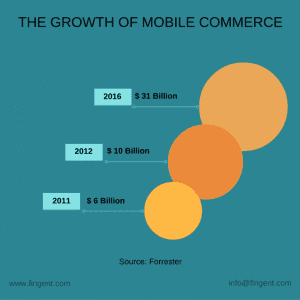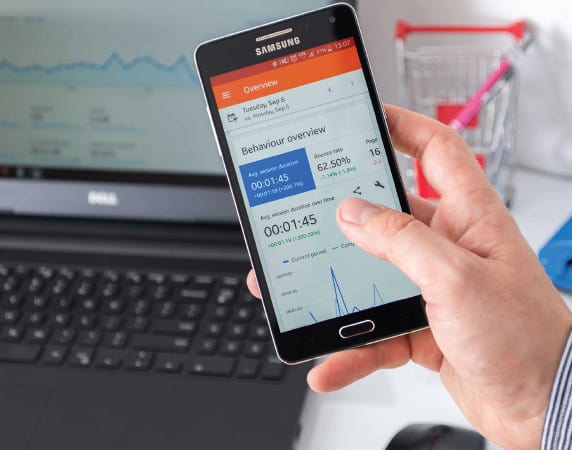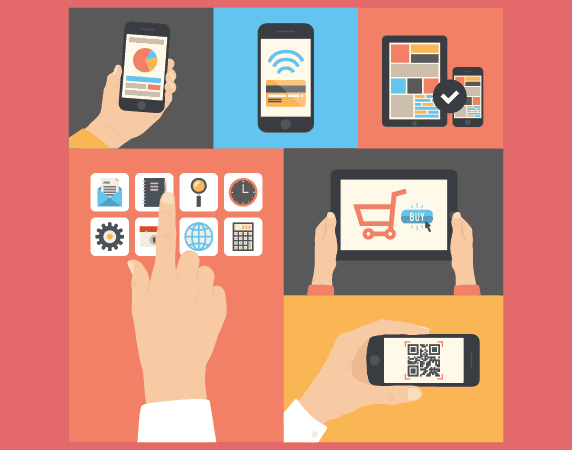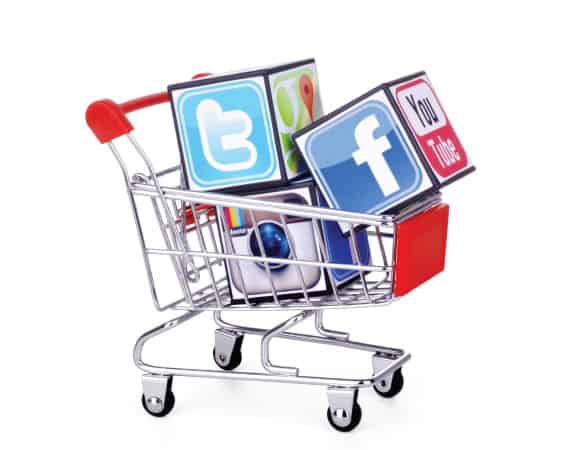A Five Point Strategy for E-Tailers to Ride the M-Commerce Wave
Steve Jobs’s April 2010 prophecy of mobile devices replacing desktops and laptops as the computing devices of choice is now coming true. More people now access the internet using their mobile devices, compared to desktops or laptops. This has its effect in e-commerce as well.
M-commerce is now 34% of all ecommerce transactions, and expected to grow at 31% in 2017. Overall e-commerce is slated to grow at just 15% in the same period, meaning m-commerce is slated to grow 200% faster. Goldman Sachs estimates the total value of m-commerce at $626 billion by 2018, by which time m-commerce would account for half of all e-commerce transactions.
The reason for the surge in m-commerce is obvious. More and more people now prefer the convenience of taking out their smartphones when on the move in a commuter train or when whiling away time at the dentist’s office, rather than take time out to sit in front of a desk, wait for the laptop to boot, and get connected.
Many e-commerce players, quick to spot the trends, have come up with responsive mobile websites and rolled out native mobile apps, to facilitate the mobile-savvy customer. In fact e-tailers no longer have a choice; as 57% of customers won’t even recommend businesses with poor mobile sites, leave alone patronize it. However, most of the early adopters have also discovered merely launching mobile apps or mobile websites is not enough. It is still a fiercely competitive marketplace, and only those who go all out to facilitate the mobile customer wins.
Here are some ways to go all-out, to pamper the highly fickle mobile shopper
Leverage the Power of Simplicity.
The mobile is a consumption-focused device. Play to this strength by making it easy for the user to find what they are looking to consume. Leverage the power of simplicity through a minimalist design and a clean structure. The best apps do not require too much keyboarding or taping on menus, and makes all crucial process, be it registration, login, ordering, check-out, and payment fast and easy. Simplicity and minimalism offers a residual benefit of minimizing data traffic, and speeding up page-loads, which in turns boosts SEO.
Think like a Mobile Customer
The path and trajectory of desktop and mobile user are diametrically different. Successful e-tailers understand the customer’s journey and design the mobile experience around it, delivering a good UX. For instance, since most mobile users shop when on the move, or in the midst of doing something else, anything that shortens interaction time boosts the chances of conversion. Also, since mobile users generally prefer browsing different products, and as such, navigate different screens before actually making a purchase, making it easy to browse many products, add items to the cart, and check out later increases the chances of conversion and making long-term fans. Successful e-tailers also leverage analytics to personalize for the customer, taking into consideration the extremely personal nature of mobile devices.
The path and trajectory of desktop and mobile user are diametrically different. Successful e-tailers understand the customer’s journey and design the mobile experience around it, delivering a good UX. For instance, since most mobile users shop when on the move, or in the midst of doing something else, anything that shortens interaction time boosts the chances of conversion. Also, since mobile users generally prefer browsing different products, and as such, navigate different screens before actually making a purchase, making it easy to browse many products, add items to the cart, and check out later increases the chances of conversion and making long-term fans. Successful e-tailers also leverage analytics to personalize for the customer, taking into consideration the extremely personal nature of mobile devices.
The path and trajectory of desktop and mobile user are diametrically different. Successful e-tailers understand the customer’s journey and design the mobile experience around it, delivering a good UX. For instance, since most mobile users shop when on the move, or in the midst of doing something else, anything that shortens interaction time boosts the chances of conversion. Also, since mobile users generally prefer browsing different products, and as such, navigate different screens before actually making a purchase, making it easy to browse many products, add items to the cart, and check out later increases the chances of conversion and making long-term fans. Successful e-tailers also leverage analytics to personalize for the customer, taking into consideration the extremely personal nature of mobile devices.
Leverage the Power of Innovation
The overriding focus of successful e-tailers is how to uniquely serve their mobile customers. They strive to make their mobile assets dynamic, through promos, deals, offers, discounts, and more. In this, they innovate to ensure their apps leverage the latest developments in technology, or to ride the latest smartphone trends. The best m-commerce apps leverage the unique capability of mobile devices, such as geo-targeting, location-based services, QR codes, and more, to deliver customized offers and deals, and other value-added services.
Integrate Mobile with Overall e-Commerce Strategy
A mobile friendly website or a native app may induce the customer to make a purchase immediately. However, for all the efforts put in by the e-tailer, there is always a possibility of sheer hardware limitations driving poor mobile experience. As such, it is important to integrate the mobile strategy with the overall e-commerce strategy, and provide a consistent experience across channels, where a customer may “capture” of the purchase on mobile and complete the transaction on a larger screen. This is even more important as 53% of customers look at products in brick and mortar store and buy online.
Tie in m-Commerce with Social Media
Mobile and social media are almost inseparable. Facebook, Twitter, Snapchat, Instagram, and the likes are on the screens of nearly everyone stuck on the subway, bus, or train. Successful e-tailers who integrate their m-commerce strategy with their social efforts are able to draw in quite a number of social media visitors straight to the m-commerce site.
There is however, no one-size-fits-all solution. The best way to milk the ongoing m-commerce revolution depends on your specific business. Partnering with us to expand and enhance your mobile strategy allows you to leverage our wide experience and expertise, and is a guaranteed way to save time and improve your ROI.
Stay up to date on what's new

Recommended Posts
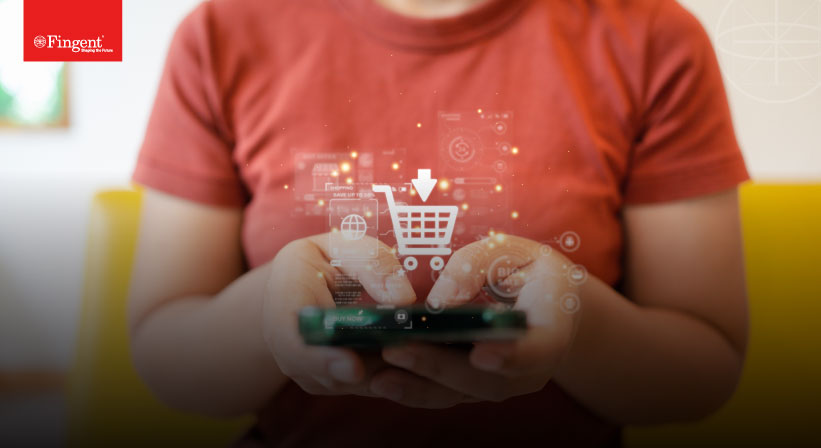
02 Jul 2025 Retail B2B
How Magento Personalization Drives Better Shopping Experiences
Is Magento personalization opening new doors to customer experience? Let’s find out! Remember your favorite little old shop back home? The one where the owner remembers your name. The one……
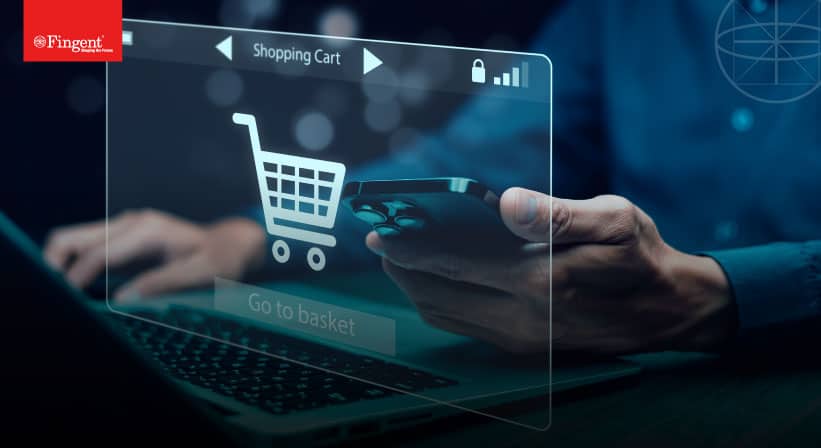
29 May 2025 Retail B2B
Magento Checkout Optimization: Smarter Flow, Higher Sales
Will Magento checkout optimization revolutionize online shopping and give it the personalization twist it needs? Have you ever stood in a long billing line, holding your items, only to walk……
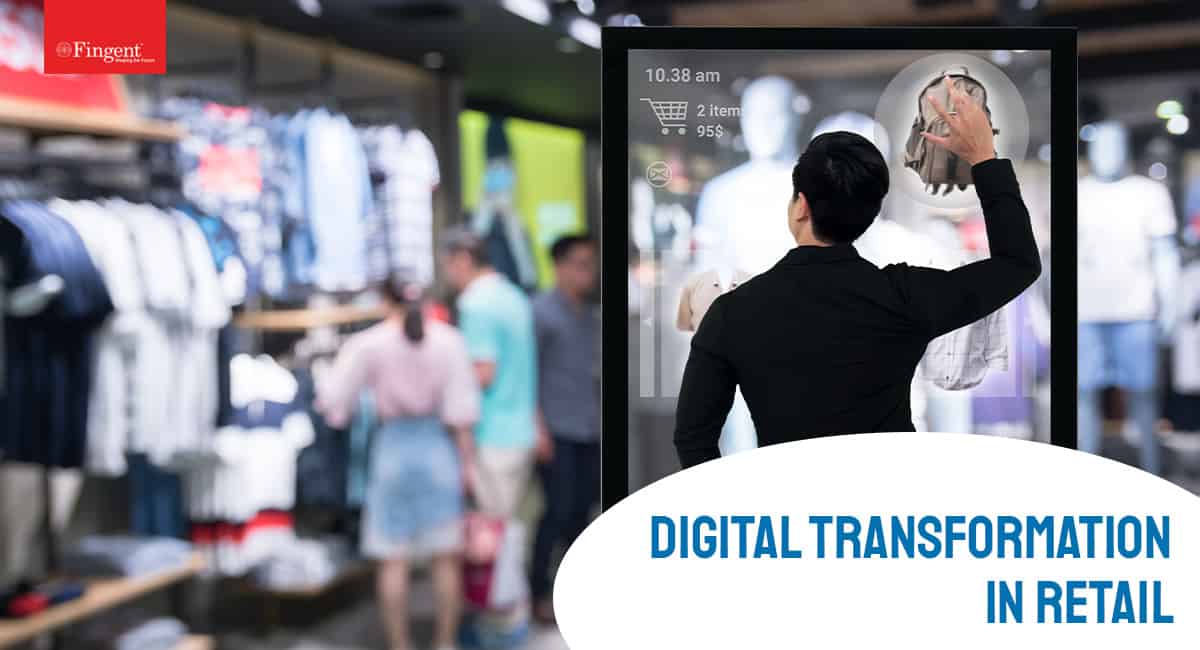
11 Nov 2020 Retail
Digital Transformation in Retail: Why it Matters?
Why Does the Retail Industry Need to Embrace Digital Transformation? The term digital transformation in the retail industry means disruption, new services, and improved functioning of the existing system using……

07 Oct 2020 Logistics
9 Practical Examples of How IT is Helping Businesses During the Recession
Why IT is the guardian angel of businesses during a recession? Introduction Advantages of cutting-edge IT solutions 9 practical examples of how IT solutions recession-proof your business Use the……
Featured Blogs
Stay up to date on
what's new



